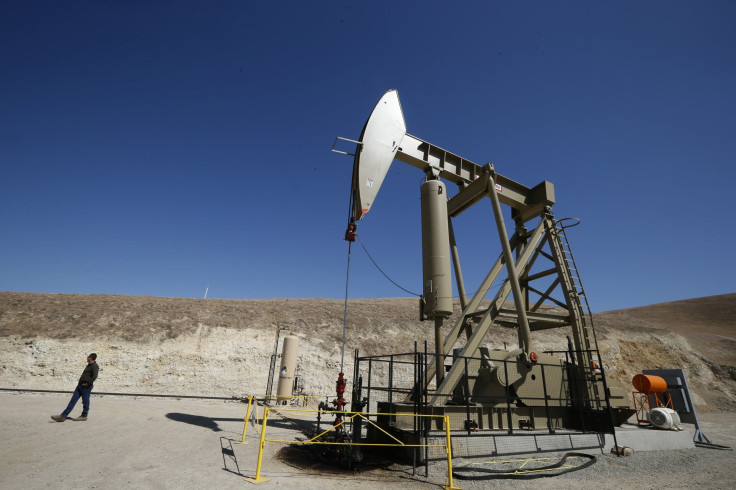US Crude Oil Output To Hit Highest Level Since 1970 Amid Boom In Shale Oil Drilling, EIA Says

U.S. crude oil production will hit its highest level since 1970 next year, federal energy forecasters say. The surge, driven by the boom in shale oil drilling, will lower oil and gasoline prices and curb the need for U.S. fuel imports.
The U.S. Energy Information Administration now expects America’s output to rise to 9.53 million barrels per day -- up about 1 million barrels per day for a third consecutive year. Last month, the statistics agency predicted 2015 output growth would slow to 800,000 barrels, but it raised the figure amid steady shale production in North Dakota, Texas and other states.
The EIA forecast output of 8.53 million barrels a day in 2014, up from 7.45 million last year, according to its latest short-term energy outlook.
“U.S. production levels are astounding,” Bill O’Grady, chief market strategist at Confluence Investment Management in St. Louis, told Bloomberg News. “We will see further revisions, because these [drilling] technologies get better over time.”

On a monthly basis, crude oil figures are also on the rise. Production averaged 8.6 million barrels a day in August, a level not reached since July 1986, according to EIA data. The agency projects monthly crude oil production will approach 10 million barrels a day by late next year.
That “will help cut U.S. fuel imports next year to just 21 percent of domestic demand, the lowest level since 1968,” EIA Administrator Adam Sieminski said in a statement.
The agency also reduced the price forecasts from its August report. Gasoline prices will dip to an average $3.41 a gallon, down from $3.46. A benchmark crude oil called West Texas Intermediate will now average $94.67 a barrel in 2015, down about $1.41, while Brent crude is forecast to cost $103 a barrel, versus the $105 projected earlier.
In a separate report, the EIA projected that by 2040, global use of petroleum and other liquid fuels will increase 38 percent to 119 million barrels per day. Developing economies in the Middle East and Asia, including China and India, will drive much of that demand, while consumers in the United States and Europe will consume less. “After a long period of high oil prices, efficiency and fuel switching have reduced or slowed growth of liquid fuels among mature oil-consuming countries,” the EIA said in its latest International Energy Outlook report.
© Copyright IBTimes 2024. All rights reserved.





















